Are you a woman who wants to get started with calisthenics?
You are in the right place!
In this article, you will learn:
- the six best calisthenics exercises for women,
- a simple workout routine you can do at home with minimal equipment, and
- the unique benefits calisthenics has to offer.
Let’s get started.
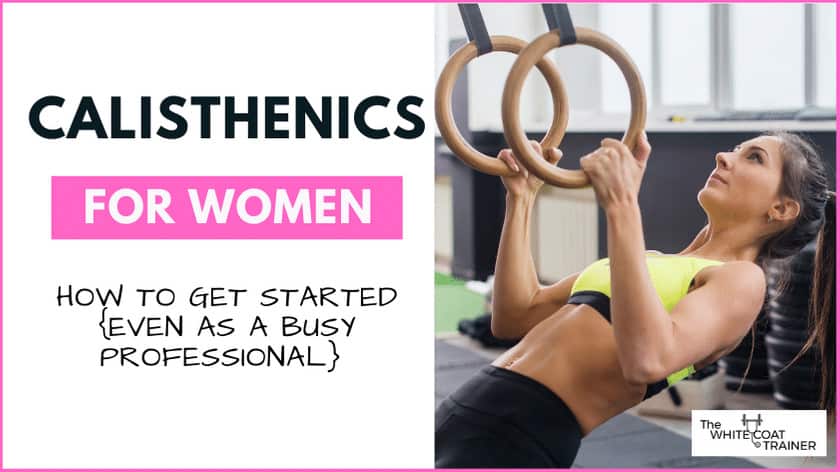
How Should Women Start Calisthenics?
The best way for women to start calisthenics is by learning the six fundamental movement patterns.
They are:
- The Horizontal Push,
- The Vertical Push,
- The Horizontal Pull,
- The Vertical Pull,
- The Knee Flexion Movements, and
- The Hip Extension Movements
These six bodyweight exercises will train the entire body and should make up the start of your calisthenics journey.
Now let’s go over them one by one.
The Horizontal Push:
The horizontal movement pattern trains the muscles in the front part of your upper body. These include:
- chest,
- shoulders,
- triceps, and
- core
Push-ups are the classic bodyweight movement that trains the horizontal pushing pattern.
The beauty of this exercise is that there are many variations you can do, regardless of your fitness level.
It starts with the incline push-up.
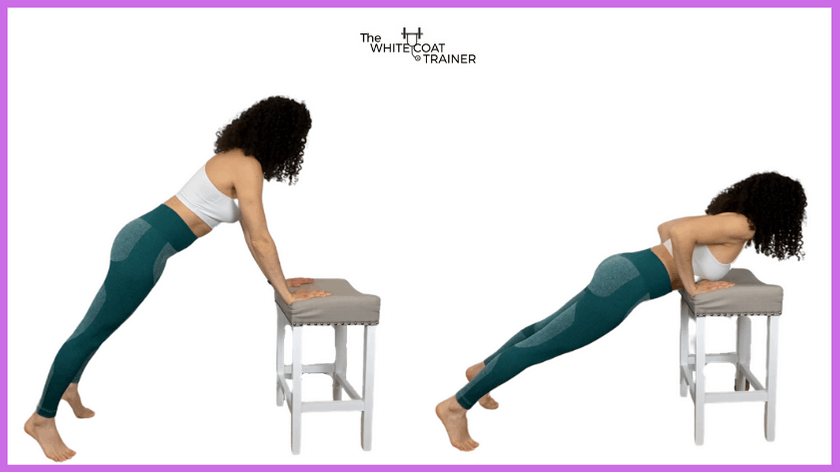
To do the include push-up, find a bench or chair that is sturdy enough to support your body weight.
The taller the incline, the easier the exercise. Start with a height where you feel most comfortable!
Step back, rise onto the balls of your feet, lean forward, and keep your torso neutral.
Keep your butt muscles engaged and brace your core.
Lower yourself to the chair by bending both elbows and keeping them tucked close to your body.
Once your chest has made contact with the chair, reverse the movement by extending your elbows while keeping your core braced.
As you get stronger, continue to lower the incline as needed.
The Vertical Push:
The vertical push traditionally trains the shoulders from an overhead position.
However, you can also use the dip exercise as a vertical push as it focuses on the shoulders and triceps.
Dips are a fantastic exercise to develop a lot of pushing strength!
The best beginner progression is the foot-assisted dip, and here’s how the movement looks.
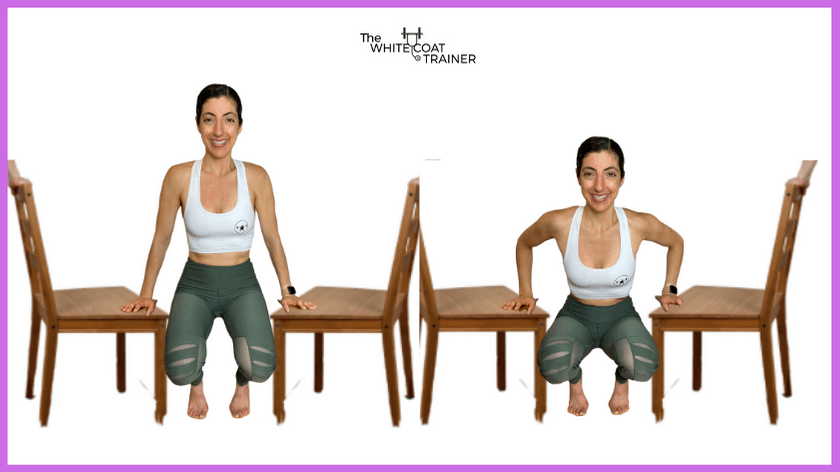
Keep your shoulder blades back at the bottom position when doing this exercise.
As you get stronger, you can then progress to full dips.
The Horizontal Pull:
If you’re looking to build some strength in your upper back, the horizontal pull is one of the best ways to do it.
It all starts with the row.
Doing this exercise requires some equipment, but it is cheap and simple to get.
You can do it with either a:
Suspension trainer
With gymnastic rings (these new rings are my favorite)
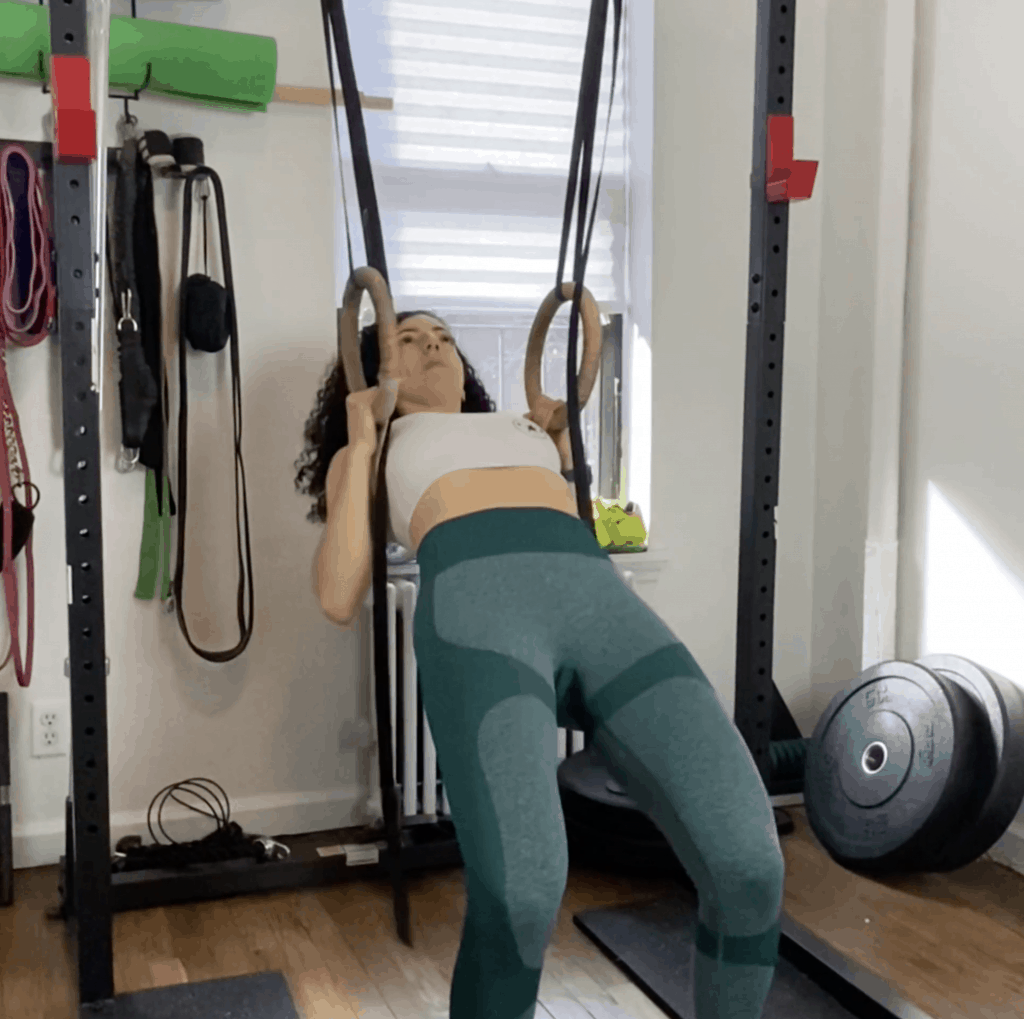
or a sturdy table.
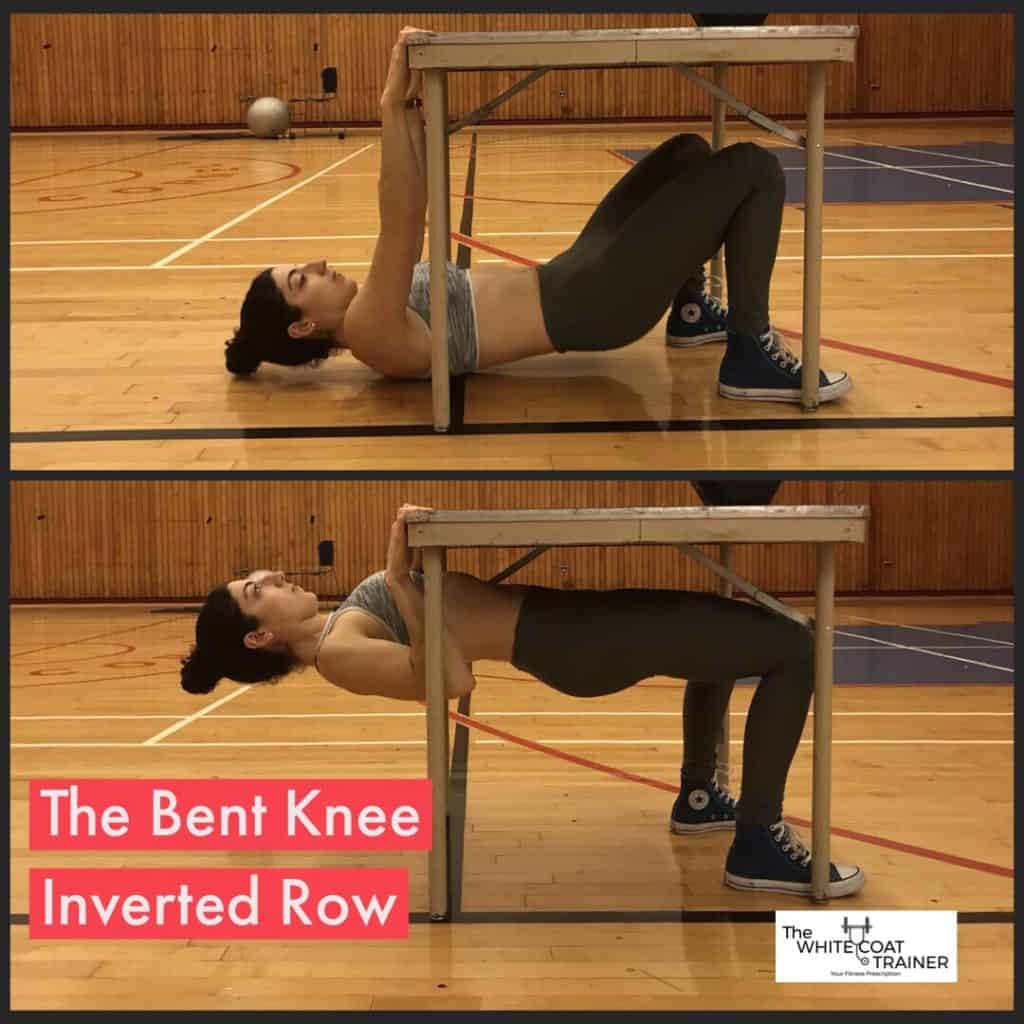
Set your equipment to hip height and grab it with both hands.
Position your legs underneath the equipment so that your torso is parallel to the ground.
Keep your core braced, and pull yourself up towards the rings/table by bending at the elbow joints.
At the top position, squeeze your shoulder blades together and pause for 1 second.
Lower yourself back down under control until you have returned to starting position by extending at the elbow joints.
The Vertical Pull
The vertical pull -aka the pull-up develops the muscles of the upper back and the biceps.
Many women can’t do this exercise, but I will show you how to get your first pull-up!
If you can’t do a pull-up – here is a four-step progression to help you get there!
- Active Hangs
- Chin-up isometrics
- Band Assist chin-ups
- Chin-up negatives
Active Hangs
The active hang teaches you what a pull-up should feel like during the first part of the movement.
In other words, it develops the bottom half of the exercise.
While hanging from the bar with arms fully extended and feet off the ground, actively engage your back muscle to pull yourself up towards the bar without bending your elbows.
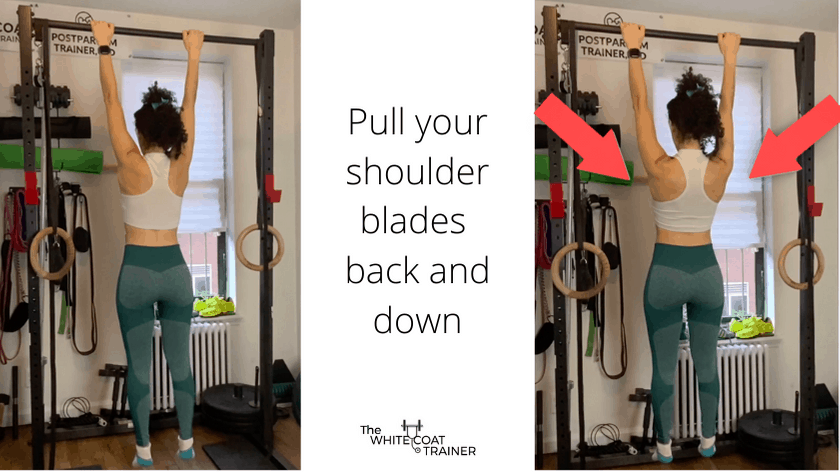
The movement should only come from squeezing your shoulder blades together.
Slowly release and return to the starting position.
Chin-up Isometrics
A chin-up isometric will strengthen your biceps for the top half of the exercise.
We start with a chin-up grip because you will naturally be stronger with this grip than with the standard pull-up grip.
Grab the bar with an underhand/supinated grip slightly wider than shoulder-width apart. Next, use a chair or a bench to jump up to the top of the chin-up position.
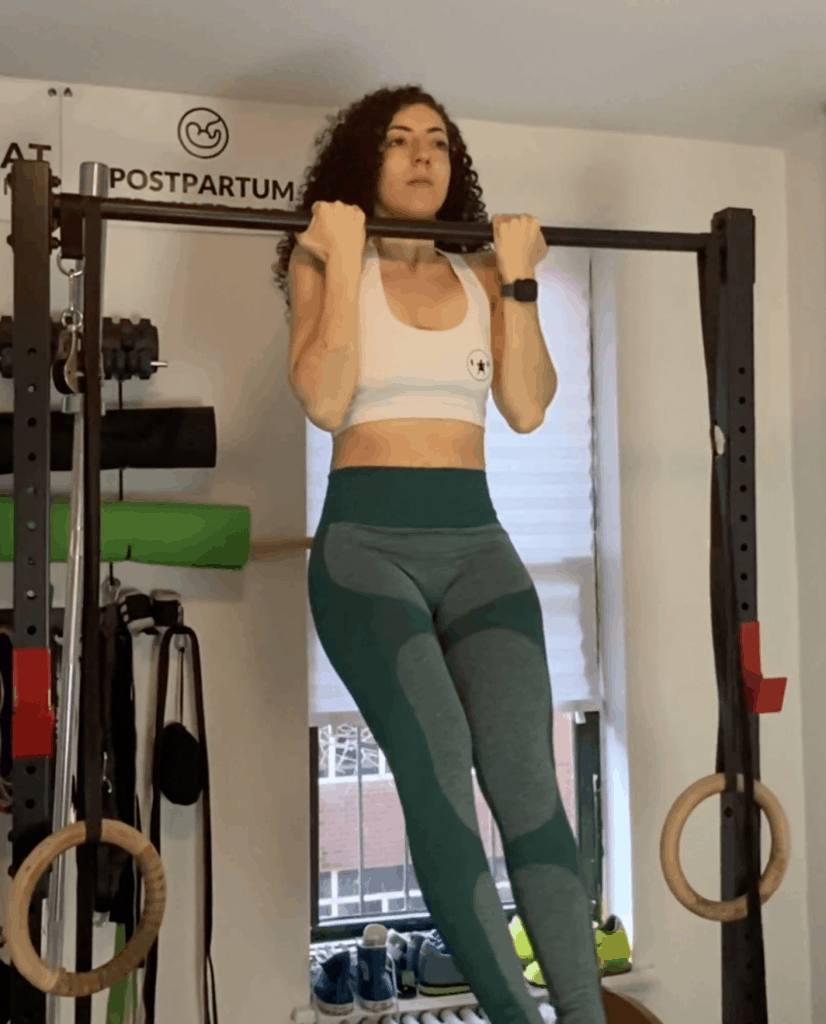
Hold this position for as long as you can while maintaining your chin above the bar.
Band Assist Chin-ups
You will need a long closed-loop resistance band to do the band-assist chin-up.
Anchor one band loop on the bar and let the other loop dangle down.
Next, place one or both feet into the band and grab the bar with an underhand grip.
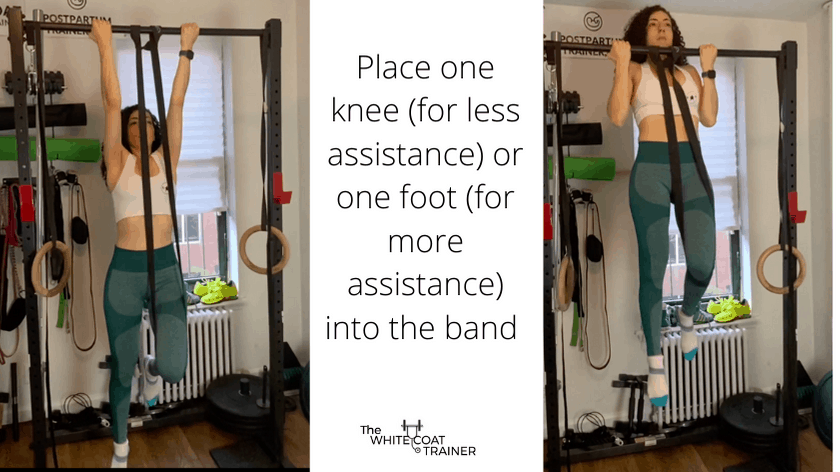
Pull yourself up by engaging your shoulder blades and bending your elbows. The band will help you get your chin above the bar. Slowly lower yourself back down and repeat.
Chin-up Negatives
The chin-up negative will strengthen the entire range of motion of the exercise but in reverse order.
Grab the bar with an underhand grip that’s wider than shoulder-width apart. Next, jump up to the top of a chin-up position as you did before. Next, Slowly lower yourself down as slow as you can go.
Make sure to extend down by letting your elbows completely straighten.
Jump back to the top and repeat.
Once you have mastered these four exercises, you should be able to do pull-ups on your own!
Knee Flexion Exercises
Knee flexion exercises encompass all quadricep dominant movements such as bodyweight squats, lunges, and step-ups.
There are many different variations to choose from and so many ways to progress each exercise.
Here are some more advanced exercises for your thighs if you find regular squats and lunges too easy.
Single-Leg Box Squats AKA Pistol Squats
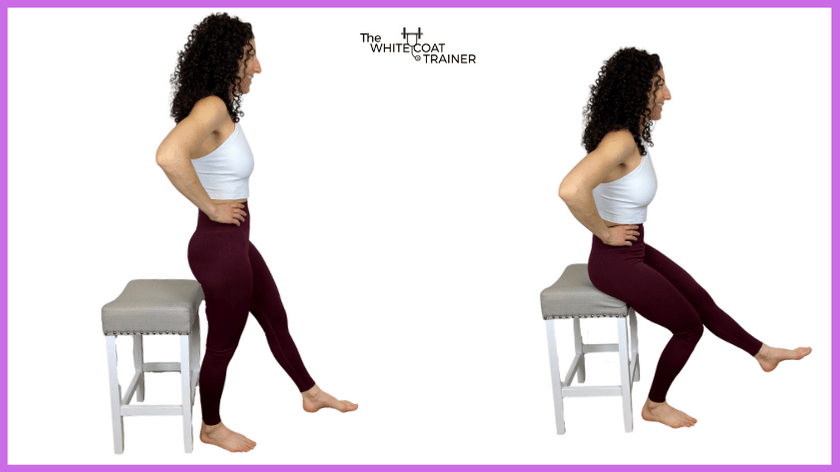
Front Foot Elevated Split Squats
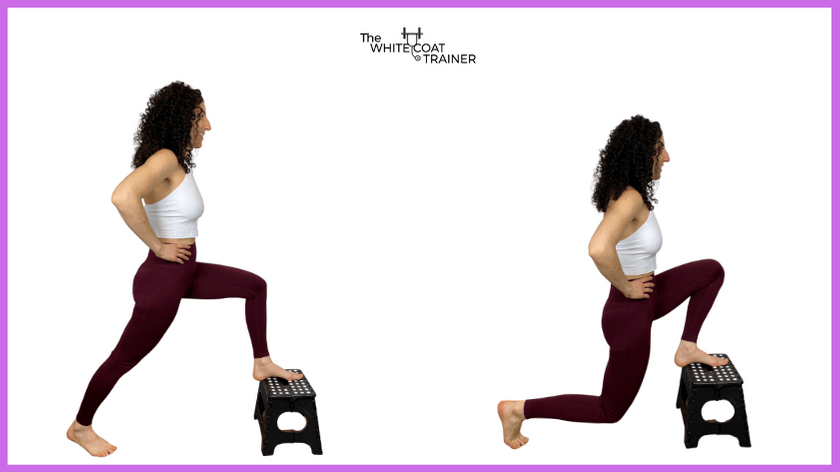
Step Ups
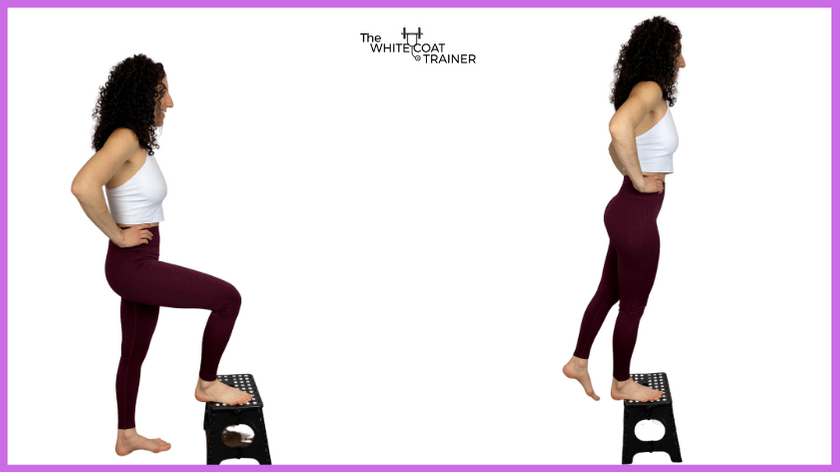
Hip Extension Exercises
Hip extension exercises work the backside of your legs—specifically, the glutes and the hamstrings.
Hip extension exercises are also great for athletic performance and spinal health, pelvic alignment, and aesthetics.
Here are some of my favorites:
Hip Thrust
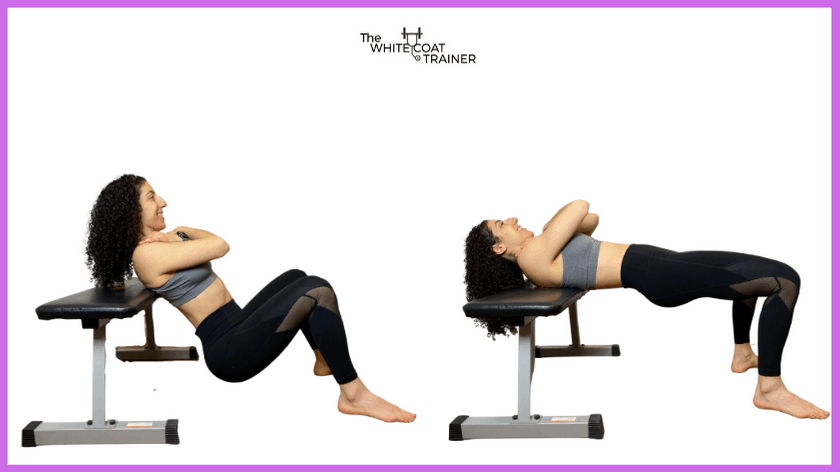
Single Leg Hip Hinges
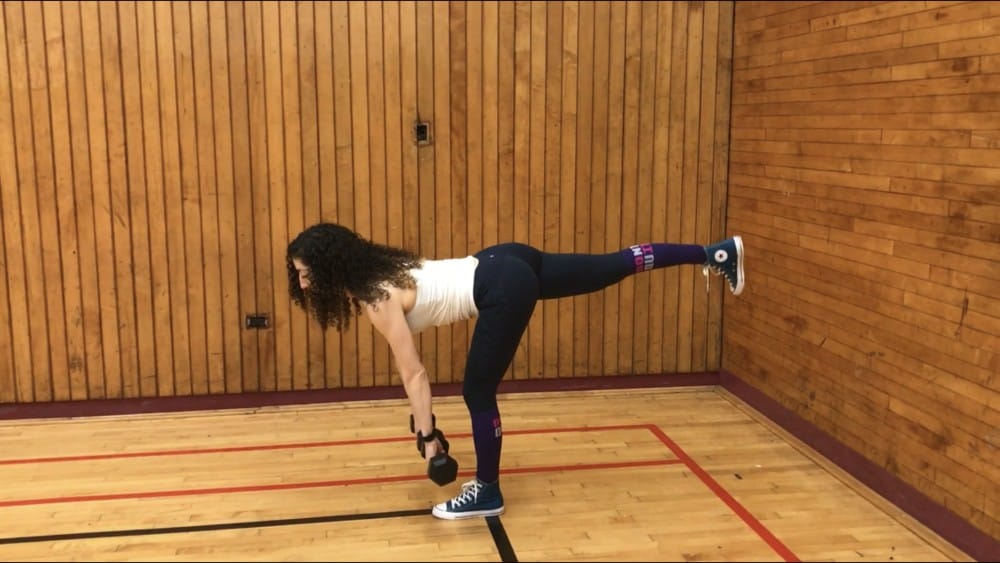
Sliding Leg Curls
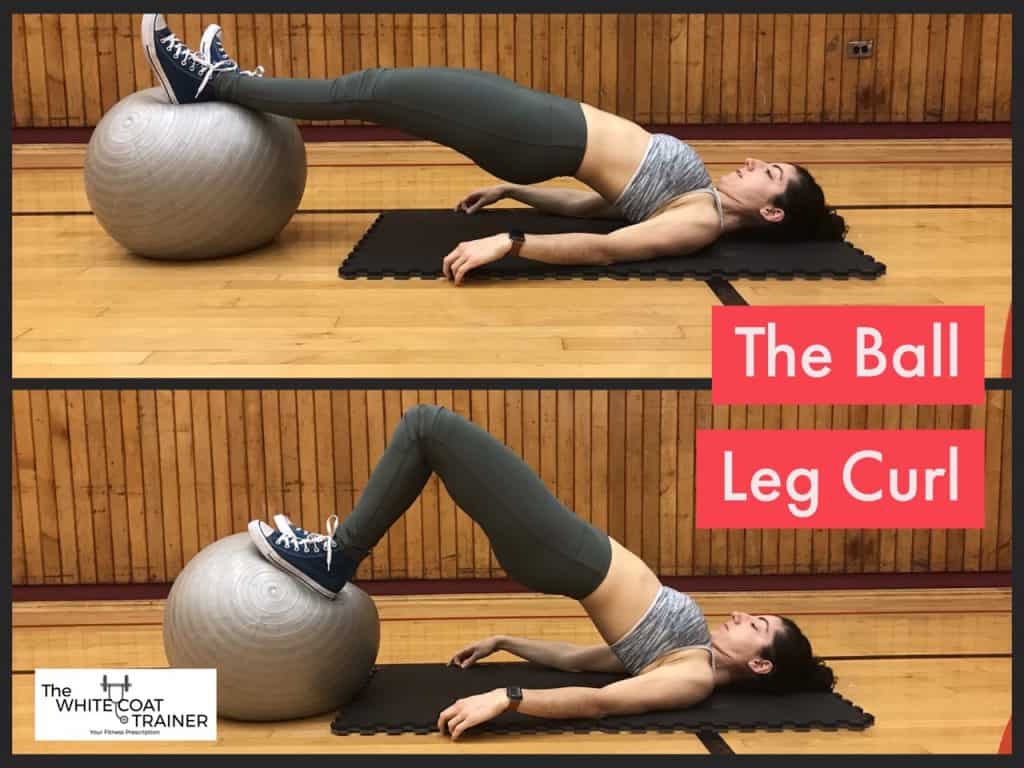
Core Exercises
Last but not least, you should also train your core.
Ideally, you should train your core for stability (i.e., resisting movement at the spine) and not mobility (sit-ups and crunches).
One of my favorite exercises is the Hollow Body Hold.
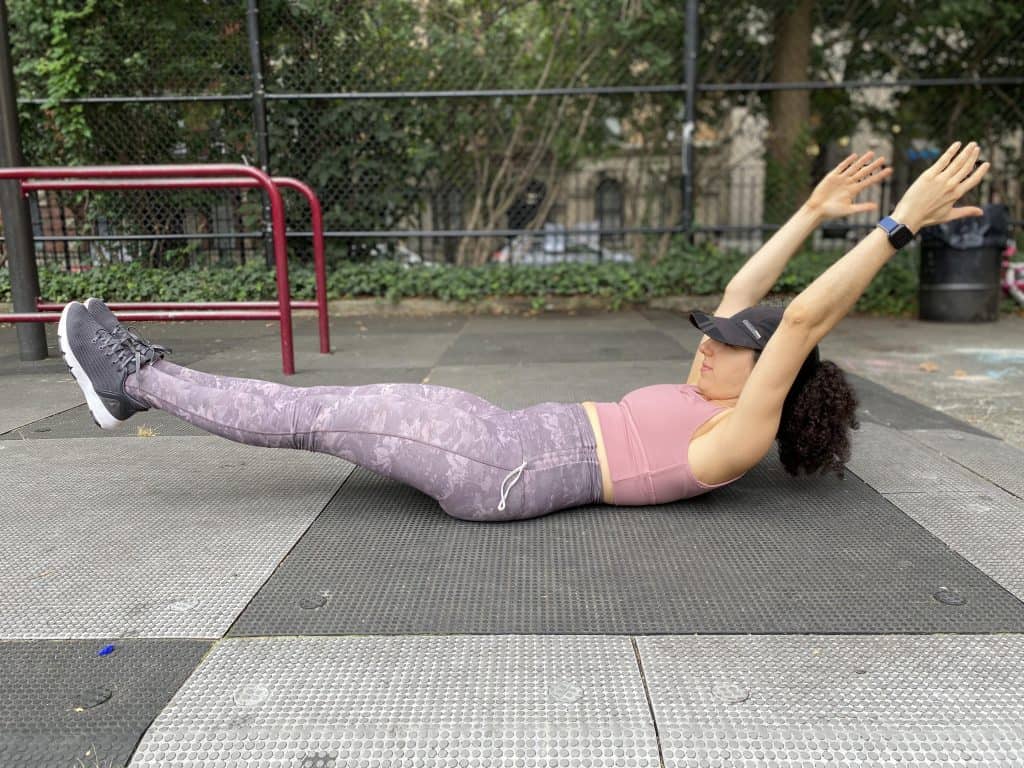
I have an entire article you can read on the best core exercises for calisthenics.
Okay, now that you have the best bodyweight exercises to build your physique, it’s time to turn them into a workout!
A Simple Calisthenics Workout For Beginners
Here is a super simple bodyweight strength training workout you can do from home!
You will need access to a pull-up bar and someth
Here it is:
The Upper Body Workout
| Exercise | Sets | Reps |
|---|---|---|
| Incline Push-ups | 2 | 10-12 |
| Inverted Row | 2 | 12 |
| Foot Assisted Dips | 2 | 8 |
| Chin-up Regression | 2 | Max |
The Lower Body Workout
| Exercise | Sets | Reps |
|---|---|---|
| Squat /Knee Flexion Exercise | 3 | 15 |
| Hip Thrusts | 3 | 15 |
| Core Exercise | 3 | 10-12 |
How To Use This Bodyweight Workout
I recommend alternating between the two workouts for three sessions per week.
So your schedule will look like this.
Week 1
- Monday: Upper Body Workout
- Tuesday: Off
- Wednesday: Lower Body Workout
- Thursday: Off
- Friday: Upper Body Workout
- Saturday/Sunday: Off
Week 2
- Monday: Lower Body Workout
- Tuesday: Off
- Wednesday: Upper Body Workout
- Thursday: Off
- Friday: Lower Body Workout
- Saturday/Sunday: Off
And here is a calisthenics warm-up you can do prior to each workout.
Women’s Calisthenics Workout Plan PDF
I have also created a PDF version of this workout that includes a 3-day or 4-day workout plan.
It also goes over more details on how to structure your workout.
If you’re interested, enter your email below, and I’ll send it to you!
Now let’s go over some unique benefits calisthenics has for women.
The Major Benefits of Calisthenics for Women
Here are the main benefits of bodyweight training for women.
Women Can recover faster than men
Compared to men, women:
- can handle more training volume than men,
- tend to have better endurance than men,
- are able to recover faster from their workouts, and
- naturally have strong lower bodies.
With that said, women have lower testosterone levels than men and have lower baseline muscle mass.
As a result, you may not progress as quickly as a male in some movement patterns.
However, you can still achieve amazing results if you follow a proper training program.
Calisthenics Provides A Simple Way To Tone Your Upper Body
Women tend to have strong lower bodies compared to their upper bodies. Calisthenics provides a simple, safe, and progressive way to develop upper body strength.
Don’t worry- you won’t get bulky.
Calisthenics is efficient
Calisthenics is perfect for women trying to get strong and healthy while maintaining a busy schedule.
That’s because calisthenics exercises are very efficient due to their compound nature. In other words, you can get multiple muscle groups worked out simultaneously.
In addition, you don’t need to spend a lot of time warming up for bodyweight exercises like you need to do for weight training.
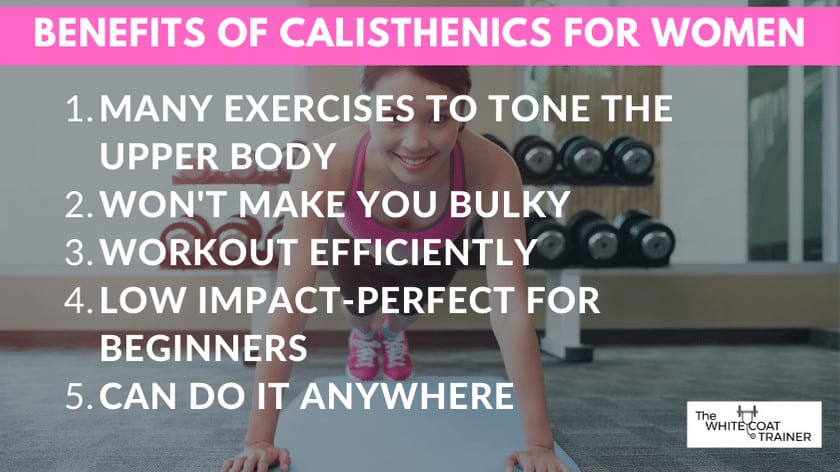
Calisthenics Is Low Impact
Another major benefit of calisthenics is that you are only using your body weight – so it can be easier on your joints compared to heavy weights.
As such, bodyweight training is perfect for beginners just learning the movements or for experienced women needing more volume.
It Can Be Done Anywhere
Last but not least…
You get all the other major benefits of bodyweight training. You don’t need a gym membership or any fancy equipment to do these exercises.
You can literally work out anywhere, anytime.
Other Related Questions
Can calisthenics give you a good body?
Calisthenics is one of the best ways to build lean muscle, gain strength, and improve your body composition.
A regular calisthenics routine can also help protect your joints as it prepares you to handle your own bodyweight from different angles.
Will calisthenics make women bulky?
No, you will not get bulky from lifting your own body weight.
First of all, women have much lower testosterone levels than men, making muscle gain less likely.
Second of all, gaining bulk requires a robust dietary component. Unless you are eating to gain muscle mass, you are unlikely to get bulky.
Calisthenics vs. weights- Which one is better?
You should do calisthenics if you
- want to work out using little to no equipment,
- you like the option of being able to exercise anywhere,
- and you have very little time to work out. (More time is usually needed to warm up for weight lifting)
You should do weights if
- you enjoy using external resistance,
- want to build a lot of muscle in the lower body,
- and you feel comfortable handling weights.
Both types of resistance training have amazing benefits, and you can’t go wrong with either.
How often should women train calisthenics? Is it OK to do calisthenics every day?
Women who are new to fitness should train three days a week. This training frequency will allow your body to recover and adapt before progressing to more intense routines.
You shouldn’t need to exercise more than four to five times per week.
Can you build muscle with calisthenics?
You can build muscle with calisthenics, but the amount of muscle you build will depend on your diet and your consistency.
You likely won’t build as much muscle in the lower body compared to weights, but you can gain a lot of relative strength!
Can everyone do calisthenics?
Everyone can do calisthenics because anyone of any fitness level can find exercises to challenge themselves.
This is especially true if you are a beginner with no experience.
Every exercise regresses, and every exercise progresses.
Final Words On Calisthenics Training For Women
So in conclusion, calisthenics is a great way to get started with fitness. You’ll be able to take your workout anywhere, and there are so many different exercises you can do! It’s perfect for women who want an all-around healthy lifestyle while being realistic in their goals.
Now I want to hear from you.
Why do you want to start calisthenics?
Comment below and let us know!

Alex Robles, MD, CPT / Brittany Robles, MD, MPH, CPT
Alex & Brittany Robles are physicians, NASM Certified Personal Trainers, and founders of The White Coat Trainer: a resource dedicated to improving the health and fitness of busy professionals using time-efficient strategies. Their advice has been featured in My Fitness Pal, Prevention, Livestrong, Reader’s Digest, Bustle, The Active Times, and more. Learn more about them here.
